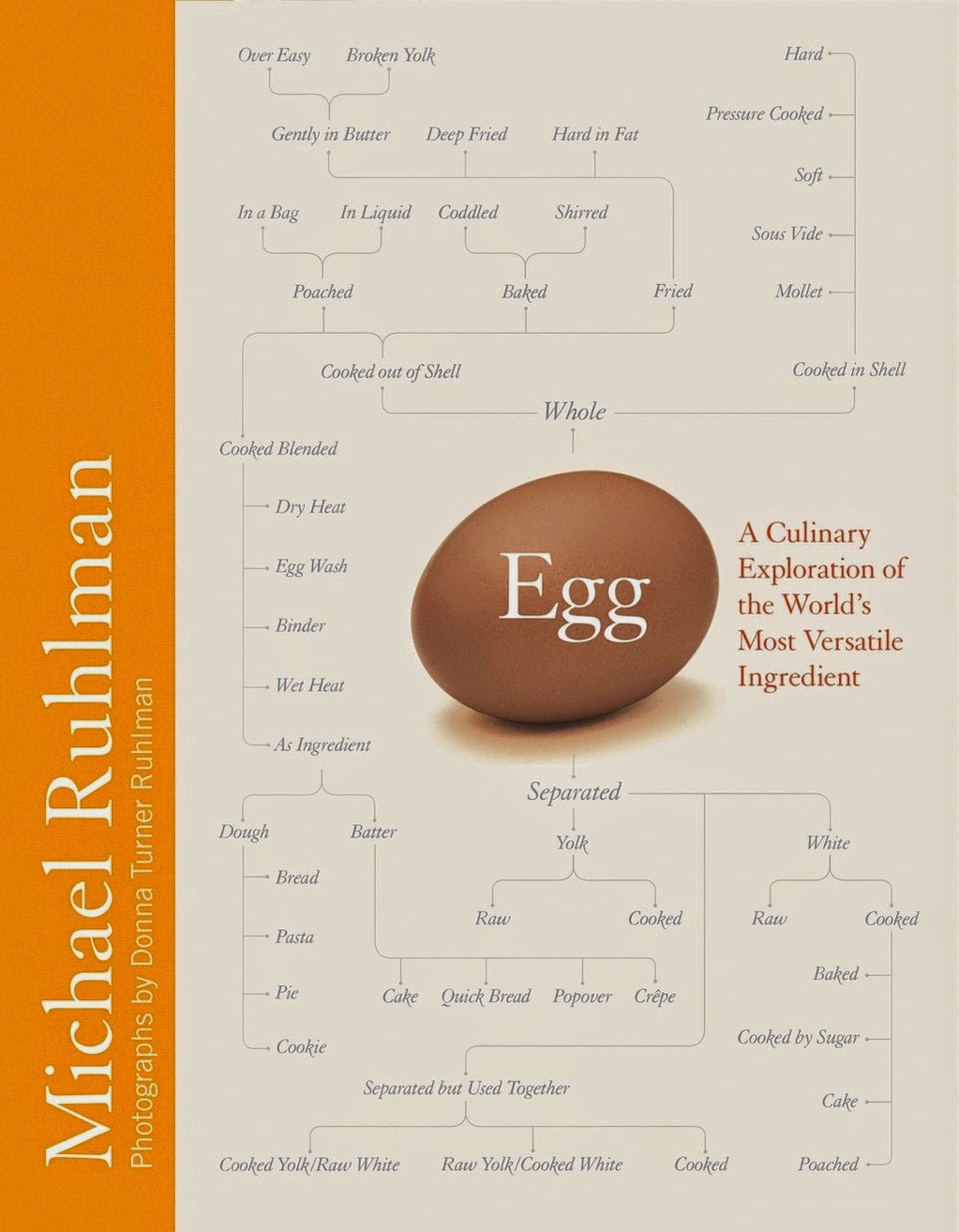A week ago I left the wilds of West Virginia to go to D.C.
to have dinner with David Lebovitz. Well
it wasn’t just “me and David,” it was David and I and about 90 other people at
the very French sounding Buck’s Fishing
and Camping. We all gathered to celebrate
David’s new cookbook, My Paris Kitchen.
Originally, my Francophile friend, Anne, was supposed to be
my companion, but Anne decided to run off to the actual France to watch
something called the French Open. It’s a
tennis thing. So I made my other
friend, Ann, go with me, as she is game for most anything. We were instructed in the e-mail to be
punctual and arrive a bit before the 7 pm seating. We did and we waited till it was actually 7
before we were let in. This of course
meant that the 7 pm dinner didn’t really get underway till 8 pm.
I was told to go to Table 2, which was the very big table
David Lebovitz was to be seated, but it seems that one of the guests decided to
move place cards around. (For the
record, a very tacky and rude thing to do, you ill-mannered little weasel.) So we ended up at a corner table. Truth be told, we hit the jackpot for cool
tables. There was Sara, who knew the
chef, Lara, who is a talented, amateur baker, Leland, who was the only “guy” at
our table with the lovely Amy. There was
Carol, another Francophile among us, and of course, me and Ann. There were several other people at our table,
but given the rather noisy environment, speaking with them was a bit
tough. Needless to say, we were just
the most fun table at the whole affair.
Our chef for the evening was Vickie Reh who besides being a
chef is studying to be a Master Sommelier.
From what I understand of the process, it is easier to pass the Medical
Board Exams than the sommelier exam. Reh
spent a great deal of time in devising the menu focusing on the wines with the
help of wine importer Vintage ’59. It
was a truly wonderful meal from the Frog’s Leg Lollipops to the Golden
Raspberry Clafoutis. David answered questions and made the rounds of the revelers
and all was well and good.

As cookbook authors go, David Lebovitz is one of those
masterful writers who make you believe he knows you and wants to tell you
something important.
While thousands of
people follow his
blog, you will always think he is telling his story just for
you.
That is a great gift.
While we have always been a big fan of Lebovitz,
his specialty seems to be dessert.
He
does love his desserts.
We adored his
ice cream book,
The Perfect Scoop,
but really, given the choice for dessert, we go with cheese.
So one cannot imagine our gladness to find
that he was writing an official French cookbook.
Readers of Cookbook Of The Day know that there is not a
French cookbook that we will ever turn away.
So it was quite interesting when Lebovitz told the story of receiving an
e-mail from someone who said he would not buy his book because he had a tagine
in it. Lebovitz pointed out that a large
metropolitan city, such as Paris, is a mecca for immigrants. People from all over the world flock to big
cities and they bring with them their culture.
It is only natural that some of their foodways become ingrained in the
“local” cuisine. It is the way food
evolves. It is the way food has always evolved. In David Lebovitz’s Paris
Kitchen, he cooks the food around him, and there are new and interesting foods,
even in Paris.
True to form, My Paris
Kitchen is a personal and chatty book, which is engaging and fun. Cooking recipes from it is not necessary to
enjoy the book, but one really should doff an apron and give it a try.
Here is one of my favorites.
In America, when one orders a sandwich, barbecue, fried chicken, fish
and chips and many other food items, they tend to come with rather small
plastic shot glass of slaw. We rather
think of this heaping teaspoon as a “salad” or vegetable with our food. In France, they are more generous with their carottes rapées. The French love a grated carrot salad. Lebovitz makes a point that one doesn’t often
find it in cookbooks because EVERYONE can make it and everyone has a slightly
different recipe.
Grated carrot salad
2 pounds (900g) carrots
1/4 cup olive oil
2 tablespoons freshly squeezed lemon juice
1 teaspoon sea salt or kosher salt
2 teaspoons Dijon mustard
1/2 teaspoon granulated sugar or honey
3 tablespoons mince fresh flat leafed parsley, chervil, or
chives, plus additional chopped herbs for sprinkling on top
1. Using the large holes of a box grater or a stand mixer or
food processor fitted with a shredding disk attachment, grate carrots.
2. In a large bowl, mix together the olive oil, lemon juice,
salt, mustard, and sugar. Toss the
grated carrots in the dressing along with the chopped herbs. Serve on plates
and sprinkle with additional herbs.
See, you, too can be cook like an American in Paris. Thanks for the lovely dinner, David, and for
this really excellent cookbook.












